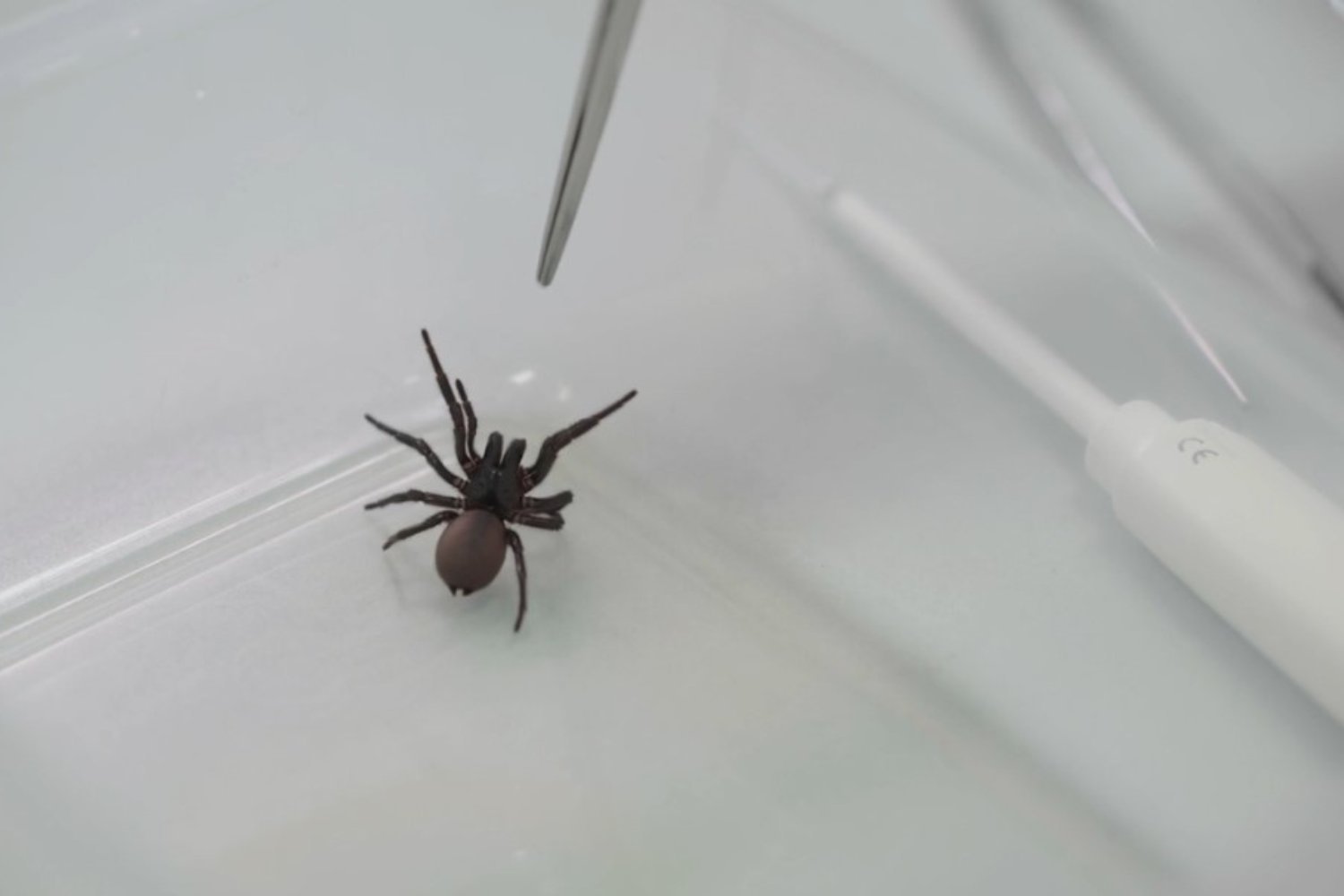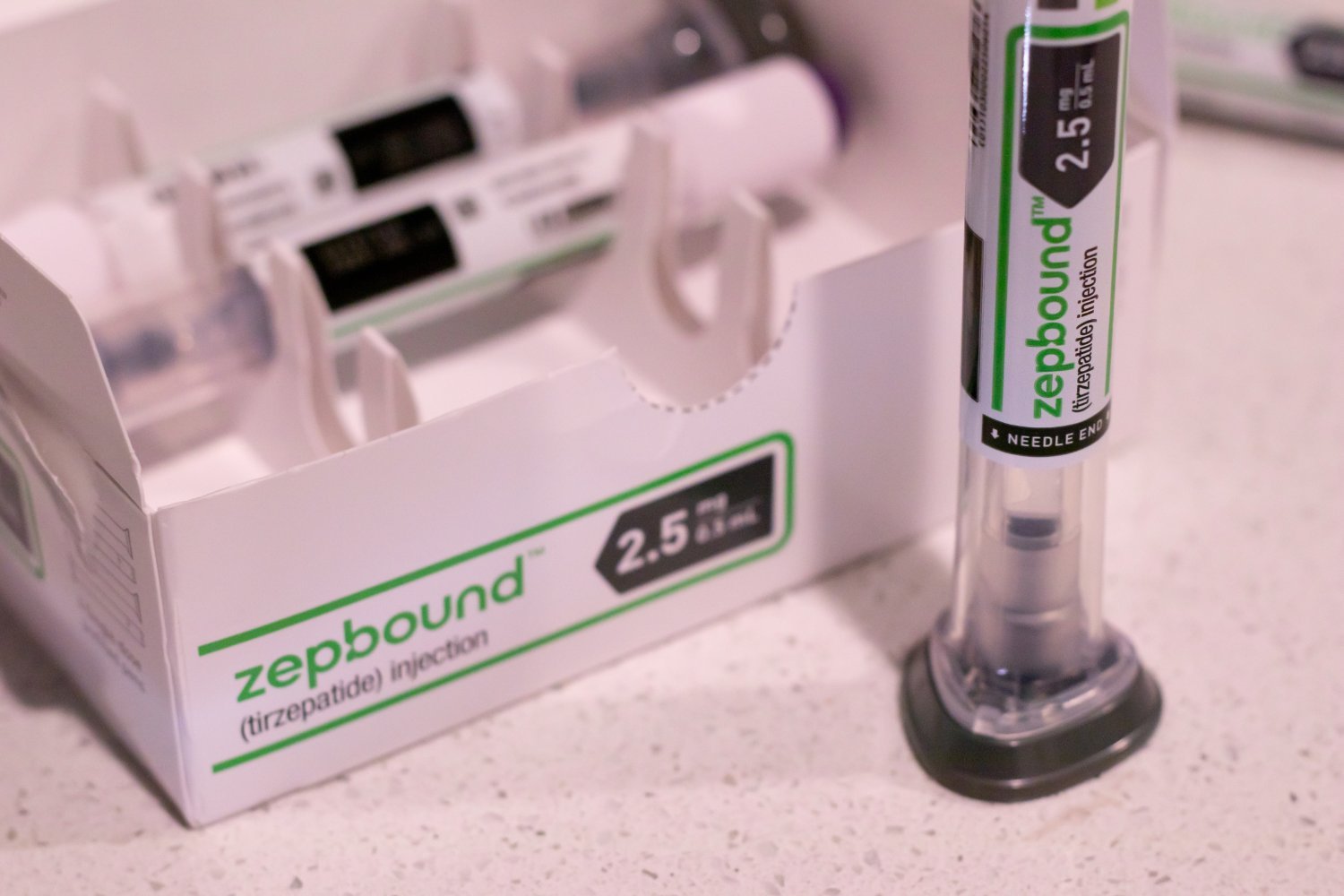Heart disease remains a leading cause of death worldwide, highlighting the ongoing need for innovative treatments. Researchers are now exploring a surprising source for a potential new heart attack medication: the venom of the K’gari funnel web spider, found on Australia’s K’gari Island.
This spider’s venom is known to be among the deadliest and most complex in the world. However, amidst its 3,000 proteins, researchers have identified Hi1a, a protein that may hold the key to protecting the heart during a heart attack. Preclinical studies indicate that Hi1a blocks signals that trigger heart cell death during oxygen deprivation, a critical process in heart attacks. This same mechanism could also improve the viability of donor hearts during transplantation.
Backed by significant funding from the Australian government’s Medical Research Future Fund, a four-year clinical trial is set to begin, evaluating Hi1a’s efficacy in treating heart attacks and preserving donor hearts. This trial will be crucial in determining the safety and effectiveness of Hi1a in humans.
“This MRFF funding enables human clinical trials to test a miniaturized version of Hi1a as a drug to treat heart attacks and protect donor hearts,” explained Glenn King, a researcher at the University of Queensland’s Institute for Molecular Bioscience. “If successful, it will improve patient survival and quality of life, expand the donor heart pool, and reduce healthcare costs.”
While promising, Hi1a’s success is not guaranteed. Many potential drugs have shown promise in early studies but failed to deliver in human trials due to efficacy or safety concerns. However, the field of venomics, the study of animal venoms for medicinal purposes, is gaining traction. Another spider venom-derived drug is currently in human trials for erectile dysfunction. King’s team also believes Hi1a could potentially treat strokes and certain types of epilepsy.
The research into Hi1a exemplifies the potential of venomics. While spider venom may not grant superpowers, it could be a source of groundbreaking medicines, offering hope for improved treatments for debilitating conditions.











